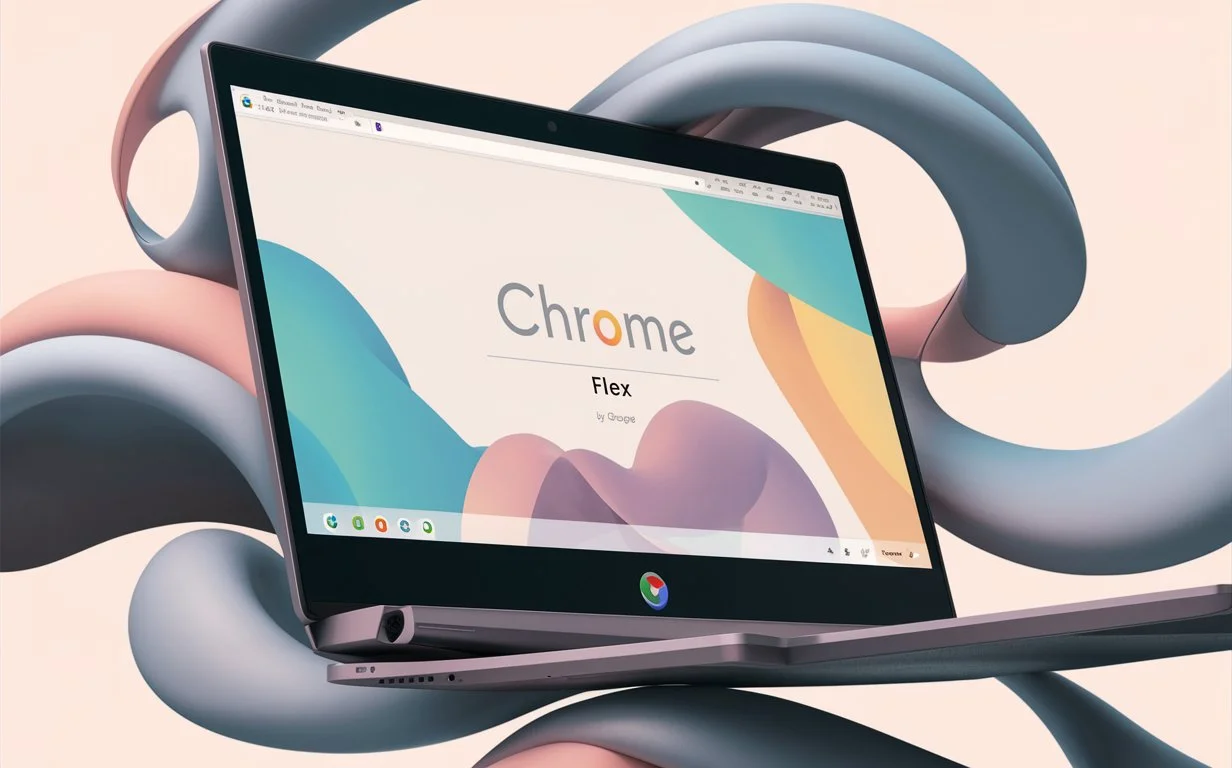In a world where cyber threats loom larger than ever, businesses are under constant pressure to fortify their defenses. The year 2025 is projected to witness a staggering $10.5 trillion annual cost of cybercrime, compelling enterprises to reassess their security strategies. Amidst this landscape, the challenge of maintaining robust security while managing aging hardware poses a significant dilemma.
The Growing Threat of Cybercrime
Cybercrime continues to evolve at an alarming pace, with hackers deploying increasingly sophisticated techniques to breach networks and exploit vulnerabilities. From ransomware attacks to data breaches, the consequences of inadequate security measures can be catastrophic for businesses, resulting in financial losses, reputational damage, and regulatory penalties.
The Challenge with OS Upgrades
Traditionally, regular operating system (OS) upgrades have been a cornerstone of cybersecurity practices, ensuring that devices remain equipped with the latest security patches and defenses. However, as we approach the latter parts of 2024, millions of Windows 10 devices are set to become ineligible for crucial security updates, leaving businesses vulnerable to emerging threats.
Introducing ChromeOS Flex
In response to the pressing need for a cost-effective and secure alternative, ChromeOS Flex emerges as a compelling solution. Developed by Google, ChromeOS Flex leverages the cloud-based operating system architecture of ChromeOS to rejuvenate older PCs and Macs, providing a seamless transition to a modern and secure computing environment.
Uncompromising Security Features
ChromeOS Flex prioritizes security from the ground up, incorporating automatic updates, sandboxing to isolate potential threats, and robust data encryption protocols. Its track record boasts zero successful ransomware attacks, offering peace of mind to businesses concerned about the integrity of their data and operations.
Fast and Familiar Interface
For teams already accustomed to Google’s ecosystem, the transition to ChromeOS Flex is seamless. The intuitive interface minimizes the learning curve, enabling employees to swiftly adapt and maximize their productivity without the disruptions typically associated with OS migrations.
Boosting Productivity
Gone are the days of sluggish boot times and system slowdowns. ChromeOS Flex devices are renowned for their speed and responsiveness, ensuring that employees can focus on their tasks without being hindered by technological bottlenecks.
Easy IT Management
ChromeOS Flex simplifies device management for IT administrators, offering centralized configuration and deployment through the Google Admin console. With seamless updates and remote management capabilities, IT support teams can streamline operations and allocate resources more efficiently.
Extensive Business App Compatibility
Through Google’s Chrome Enterprise Recommended program, ChromeOS Flex ensures compatibility with a wide range of enterprise applications. Whether it’s security solutions, healthcare software, or specialized industry tools, businesses can deploy additional software confidently, maintaining productivity without sacrificing security.
Remarkable Flexibility
With compatibility across nearly 600 certified devices, ChromeOS Flex breathes new life into existing hardware. Whether testing through bootable USB drives or performing full installations, the process is swift and cost-effective, enabling businesses to optimize their IT infrastructure without breaking the bank.
Cost Savings and Sustainability
By extending the lifespan of aging hardware, ChromeOS Flex delivers significant cost savings, reducing the need for frequent device replacements. Moreover, its energy-efficient design contributes to a greener footprint, aligning with corporate sustainability initiatives and environmental responsibility.
Conclusion
As businesses confront the escalating threat landscape of cybercrime, the imperative to adopt robust security measures has never been clearer. ChromeOS Flex emerges as a compelling solution, offering uncompromising security, seamless integration, and cost-effective scalability. By leveraging the power of the cloud, businesses can safeguard their operations while maximizing the value of their existing hardware investments.
FAQs
- Is ChromeOS Flex compatible with all types of hardware? Yes, ChromeOS Flex is designed to be compatible with nearly 600 certified devices, making it suitable for a wide range of hardware configurations.
- How does ChromeOS Flex compare to traditional operating systems in terms of security? ChromeOS Flex prioritizes security through automatic updates, sandboxing, and data encryption, resulting in a robust defense against emerging threats.
- Can ChromeOS Flex run legacy Windows applications? Yes, ChromeOS Flex maintains compatibility with legacy Windows applications through virtual app delivery solutions, ensuring seamless integration for businesses.
- What are the cost implications of adopting ChromeOS Flex for a business? ChromeOS Flex offers significant cost savings by extending the lifespan of existing hardware, reducing the need for frequent replacements and minimizing IT support costs.
- How does ChromeOS Flex contribute to sustainability efforts? By promoting the reuse of existing hardware and consuming less energy than other operating systems, ChromeOS Flex helps businesses minimize their environmental impact and promote corporate sustainability.


